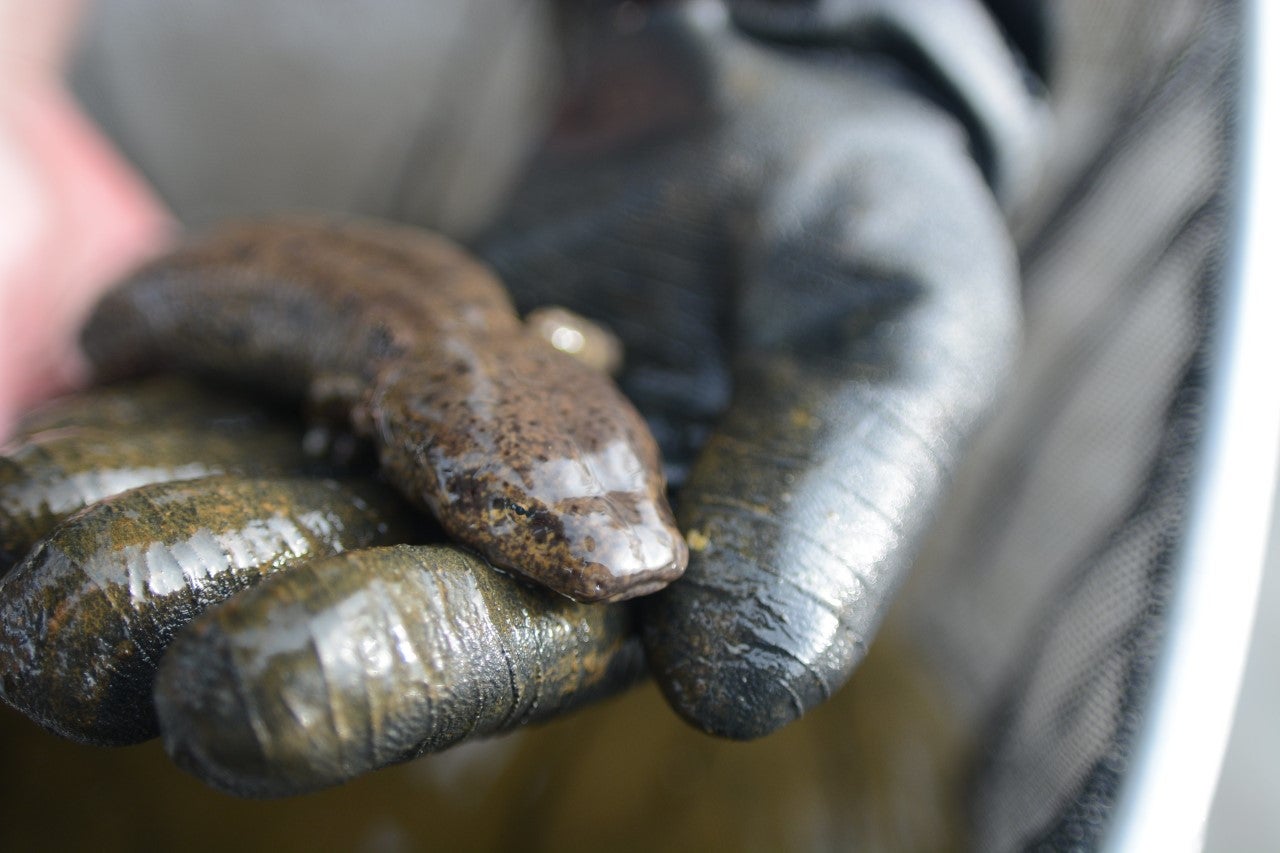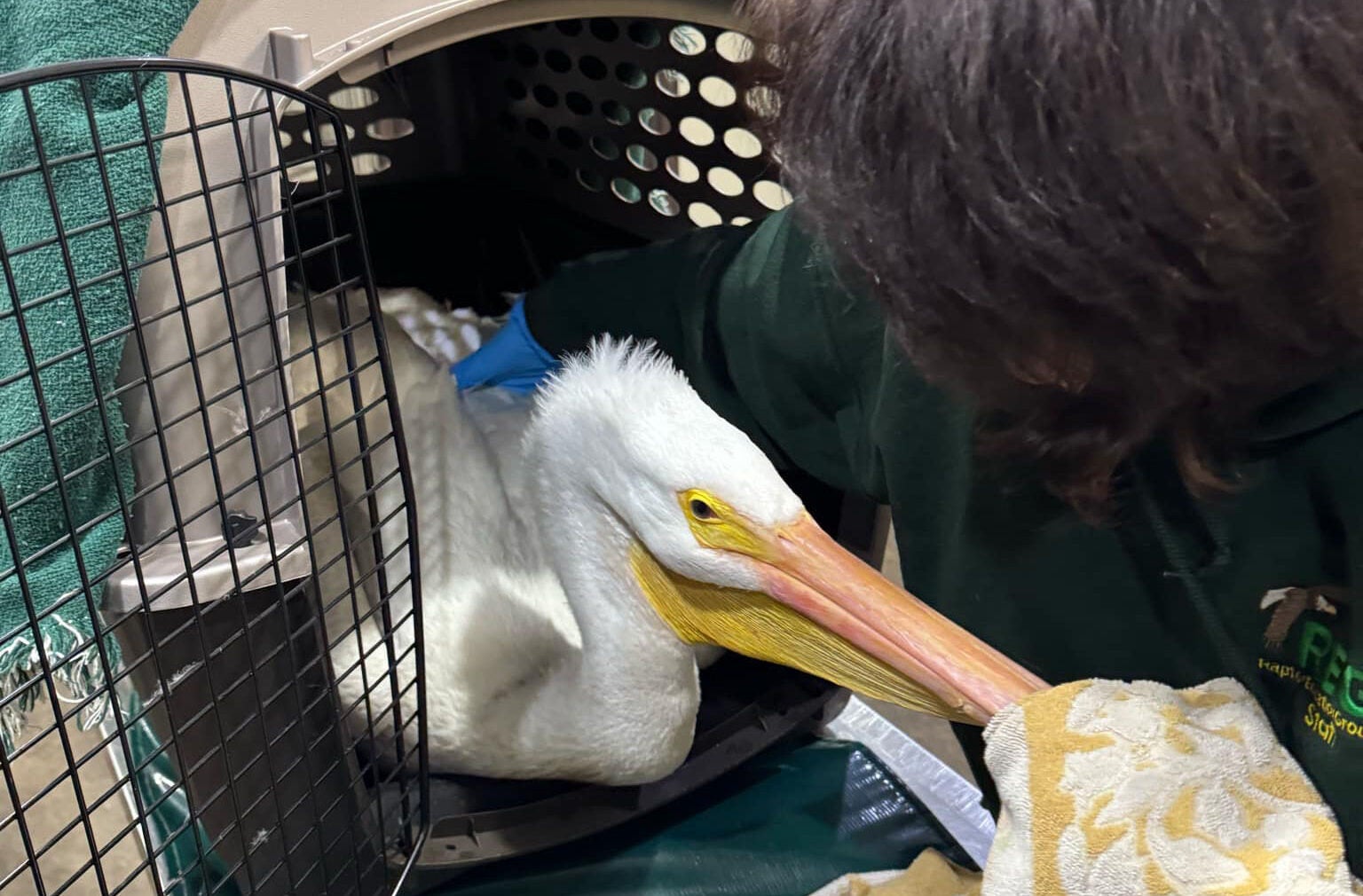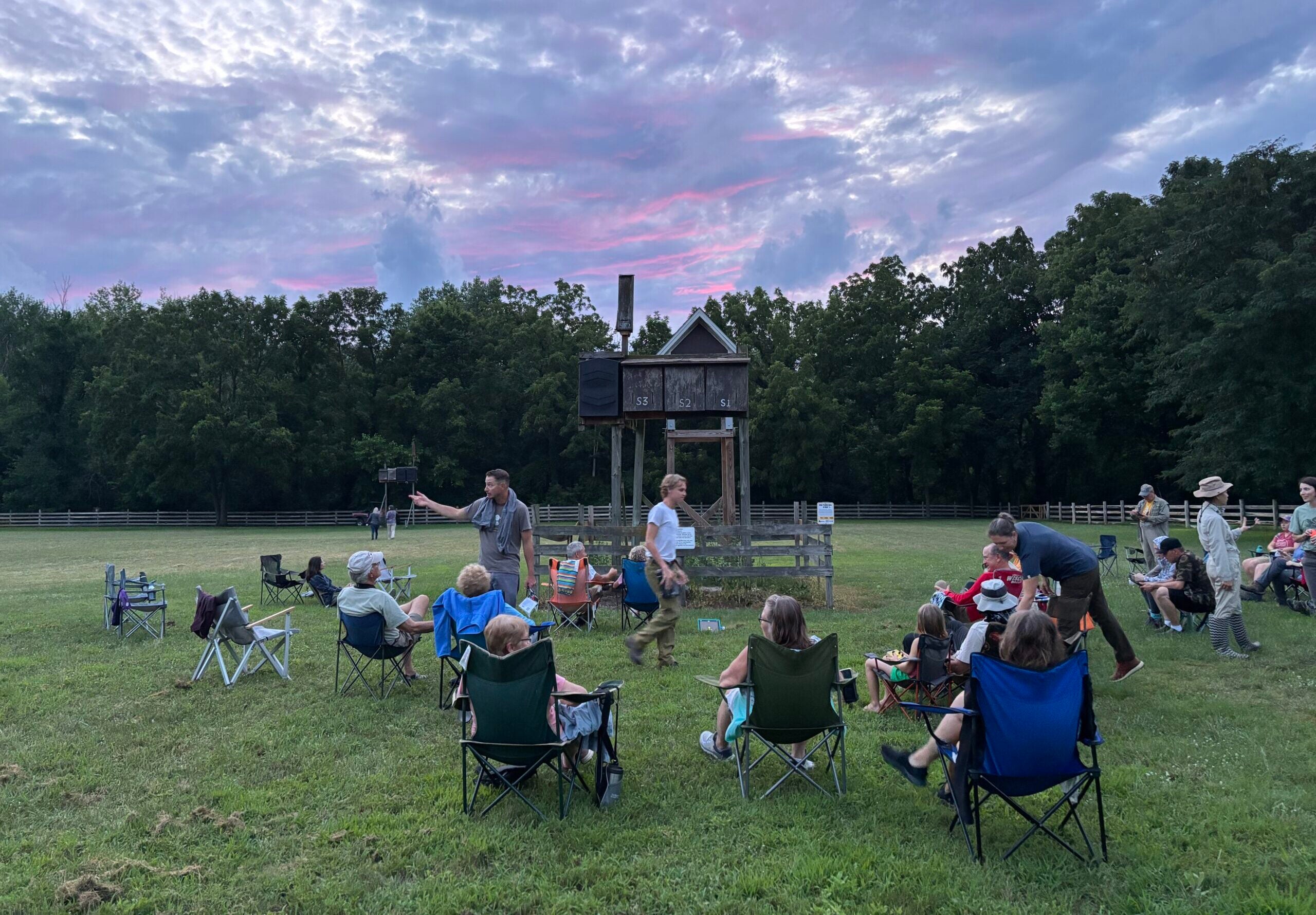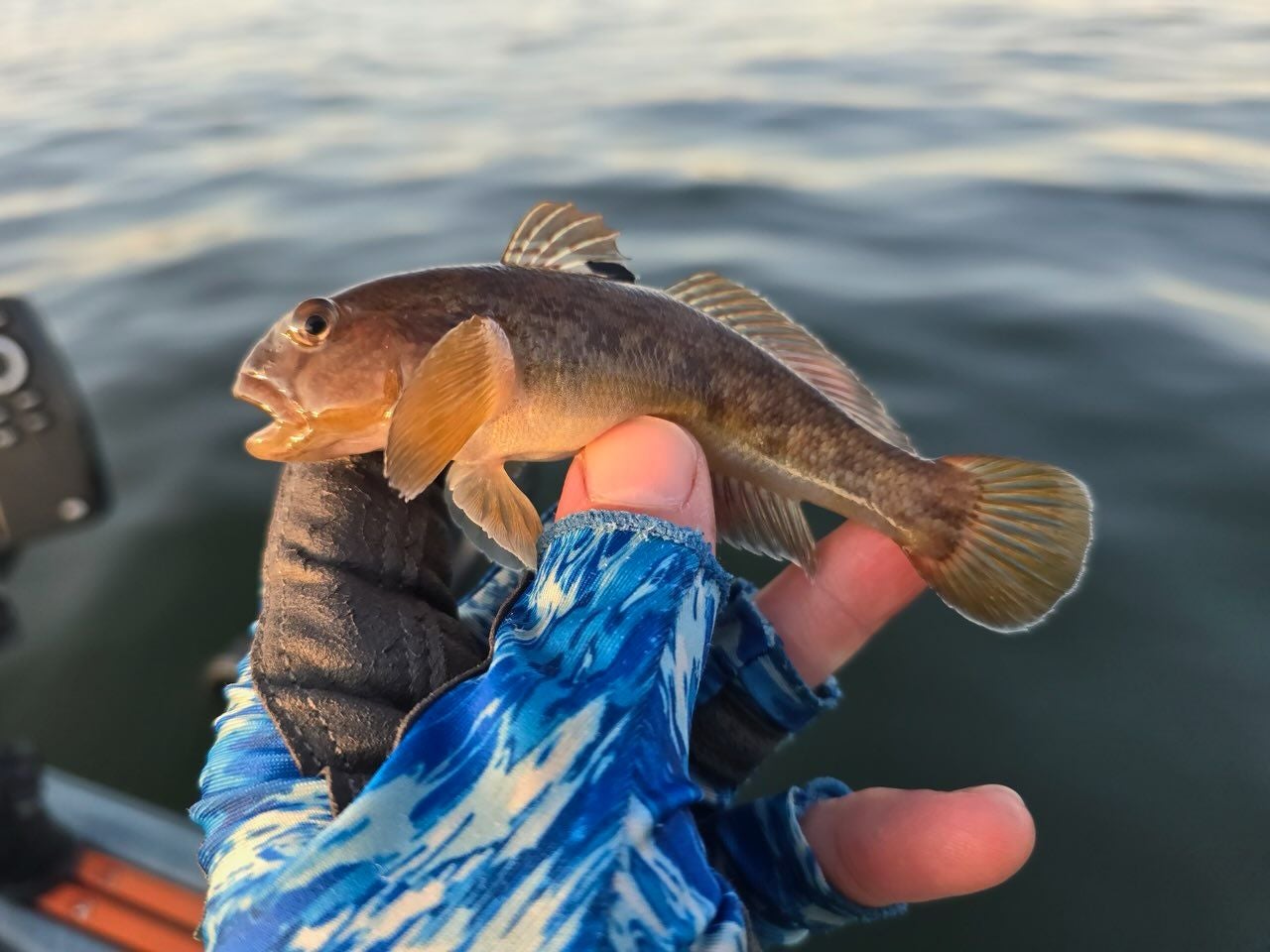Wisconsin’s mudpuppies are finally getting some attention.
The state Department of Natural Resources is expanding its research efforts into the state’s only fully aquatic salamanders through a project largely funded by the Natural Resources Foundation of Wisconsin.
“This is a big first step to make sure we have accurate distribution data for the state,” said Rori Paloski, a conservation biologist with the DNR who works with amphibians and reptiles.
News with a little more humanity
WPR’s “Wisconsin Today” newsletter keeps you connected to the state you love without feeling overwhelmed. No paywall. No agenda. No corporate filter.
She said unlike some species, the best time to study mudpuppies is at night during the winter.
“We really don’t know a lot about them — I think they get missed a lot,” Paloski said. “If they’re not as common as we are hoping they are, then that means we might need to start doing some more conservation or management efforts to that species.”
Paloski said the state has confirmed mudpuppies exist in almost every county in Wisconsin.
“Their population, or distribution, is a lot more widespread than we perhaps were thinking before,” she said, though the state is still working on compiling information on the size of each of the individual populations. Paloski described the effort as “introductory research,” given how much there is to learn about the species.
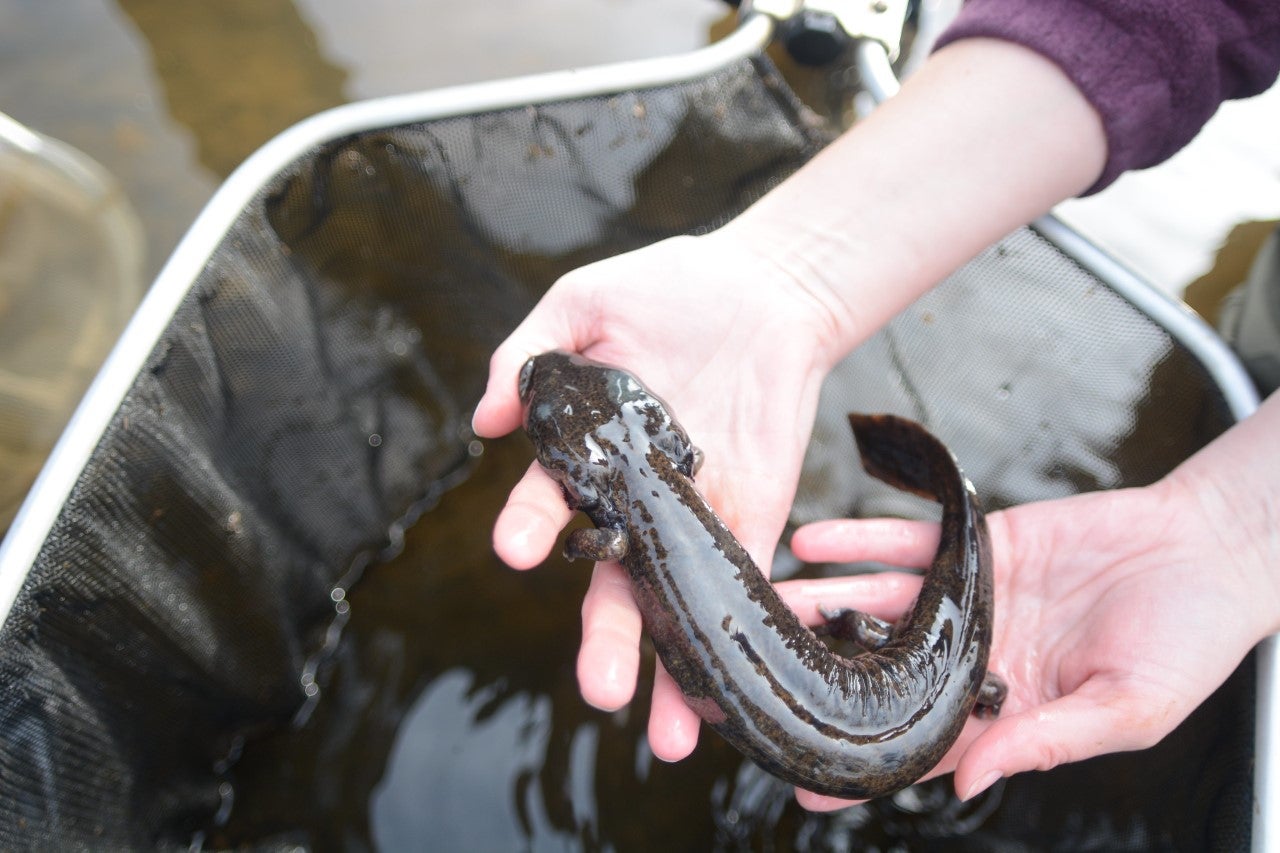
Statewide, there are 55 species of amphibians and reptiles. But researchers say mudpuppies, the largest salamander species in the state, have been historically understudied.
Caitlin Williamson is the director of conservation programs at the Natural Resources Foundation of Wisconsin. She said nearly half of those species are at-risk or vulnerable, but there’s “no really sustainable funding source to support conservation efforts for them.”
The Natural Resources Foundation hopes to change that with the start of the DNR’s research on mudpuppies. The organization recently donated $5,000 to the program through its reptile and amphibian fund.
Richard Staffen, a DNR conservation biologist and zoologist, said the species falls on and off of the agency’s special concern list. He said the agency has partnered with external contractors — who go out into the field at night — in hopes of refining techniques for finding mudpuppies.
Mudpuppies, largely described by experts as cryptic creatures, are slimy, with an elongated, left-to-right flattened tail with big, bushy external gills and small eyes. They also provide an important food source to ecosystems as much as they are predators for other organisms.
Josh Kapfer is a professor and wildlife biologist at the University of Wisconsin-Whitewater. He said without rigorous data on amphibians and reptiles, it becomes more difficult for the state to make concrete recommendations on how to offset population declines.
Kapfer said wildlife biology has historically focused on game species, such as the white-tailed deer, bird species hunted recreationally or fish typically focused on by anglers. But he said that’s changing as more people study mudpuppies and other amphibians or reptiles.
“We do have today a better handle on how species are declining globally. And so the sort of global decline in species in general has, in some ways, driven more research on the topic of conserving biodiversity,” Kapfer said.
He said that with climate change, potential contaminants in the environment and temperature changes will also affect mudpuppies.
“We can sometimes talk about amphibians and reptiles as being good indicators of environmental damage as well, because they’re so tightly associated with changes in their surroundings,” he said.
Kapfer makes a point to take his college students into the field to catch and hold amphibians and reptiles, an opportunity he said people can’t always enjoy with other animals.
“Amphibians and reptiles provide a really great opportunity for people to directly connect to wildlife,” Kapfer said, which can help people “realize its importance, realize the joy that wildlife can bring people and society.”
Paloski of the DNR agreed that amphibians and reptiles don’t get the best PR — but in some ways, that’s also part of their charm.
“I think some people think they’re so ugly, they’re cute,” she said.
Wisconsin Public Radio, © Copyright 2025, Board of Regents of the University of Wisconsin System and Wisconsin Educational Communications Board.

